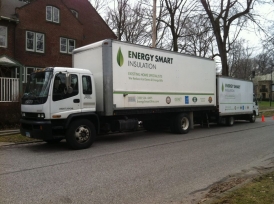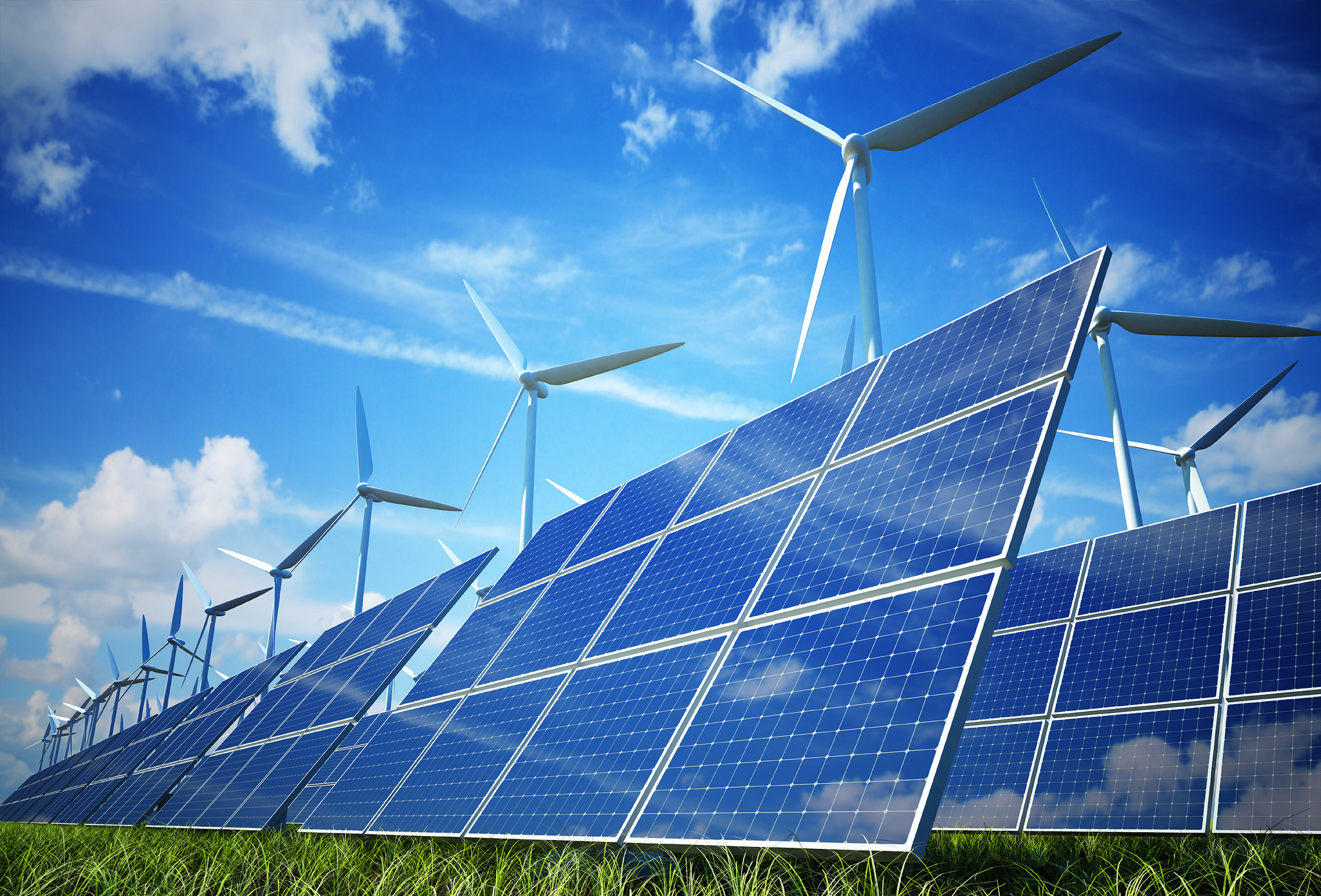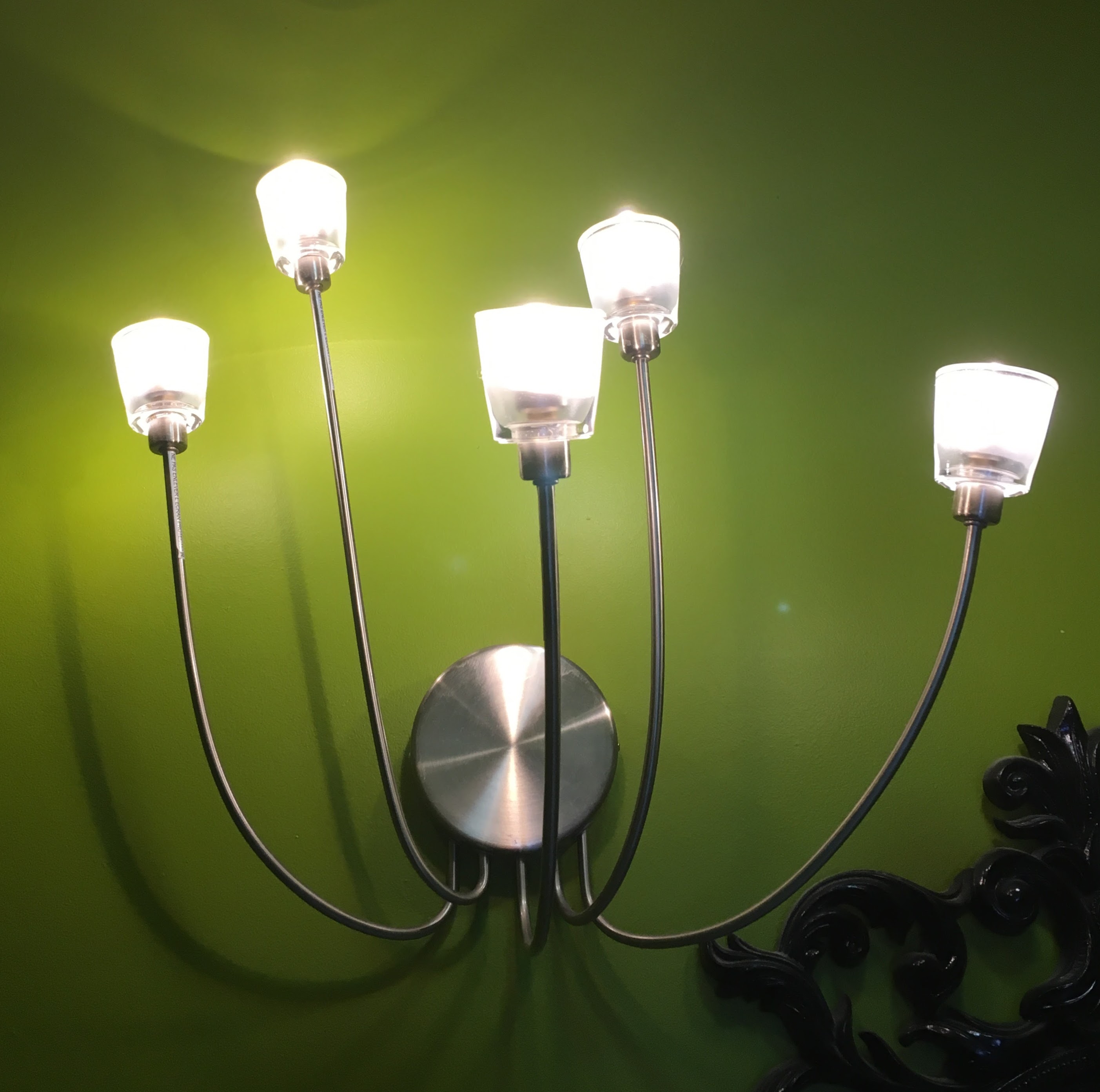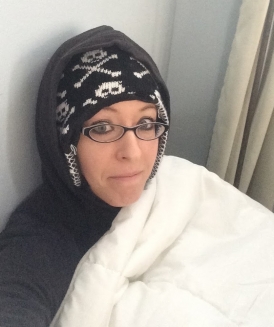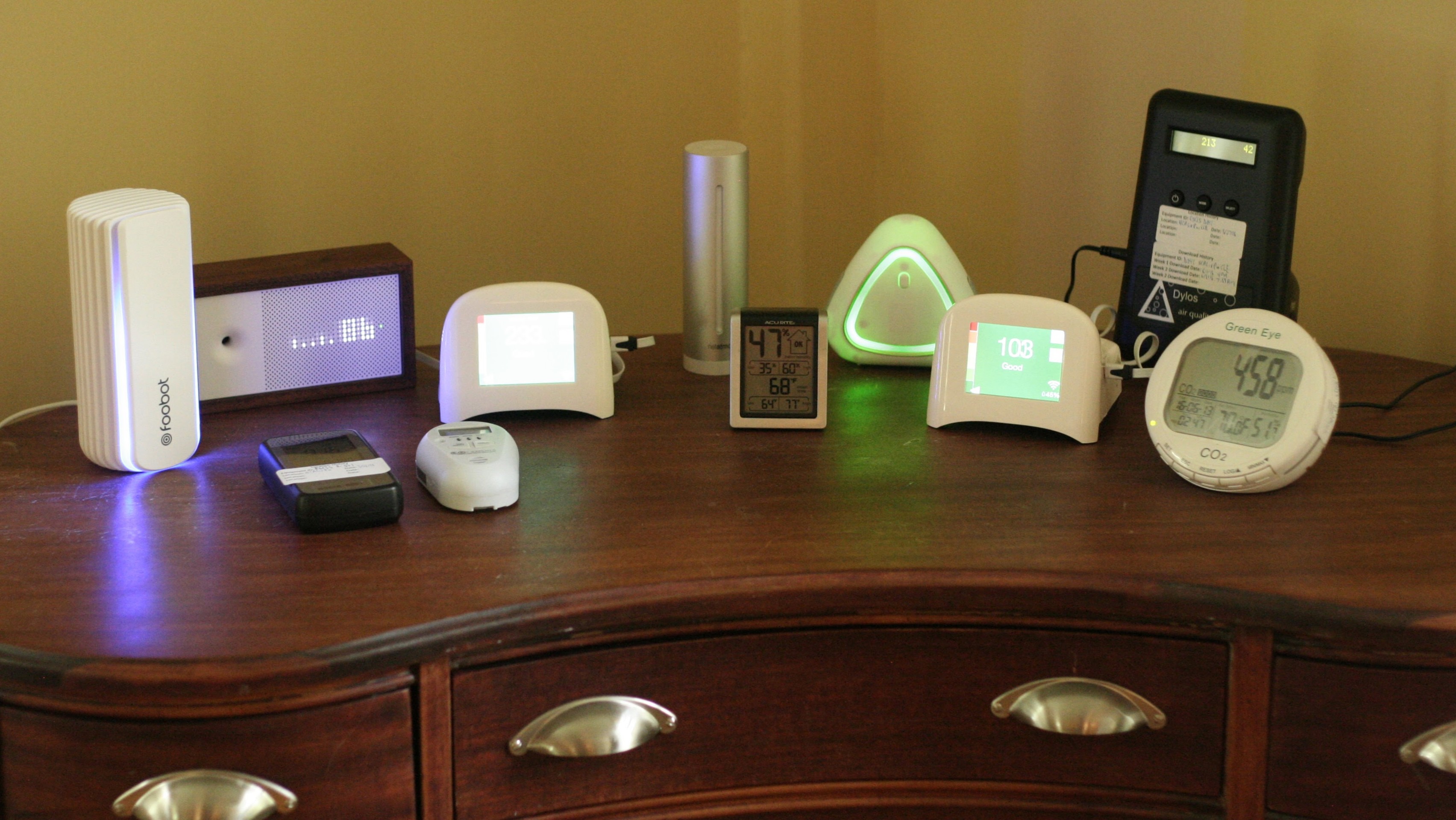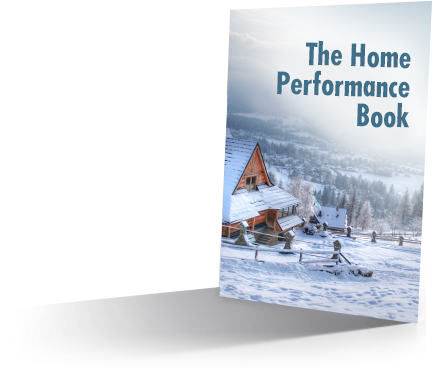Get it in balance, and you can solve almost anything. But first you have to understand what it is!
Want to figure out what Building Science is? You’ve come to the right place.
You’re probably here because you’re trying to fix a problem/problems with your home like icicles, rooms that don’t heat or cool well, or perhaps allergies and asthma. And you’ve probably found a lot of confusing and conflicting stuff from all around the web, and now you’re trying to figure out what is really going on. (It’s all true, especially that quote from Abraham Lincoln about the internet.) Most products and ‘solutions’ focus on the symptoms. Home Performance focuses on the root causes.
What It REALLY Takes to Solve Problems
Want to know what stinks, though? Truly fixing a house requires a huge amount of building science understanding, a trained eye to look for problems, and a well designed and executed solution. We’ll teach you some of the building science here for free, and, if you’re still in, build you a solution as a client and help you execute it.
So, how does the science work?
The Short, Short Version
Comfort = Efficiency. If we can make your house really comfortable, efficiency naturally follows. (This is exactly the opposite of how 99% of the world does it, by the way.) Most say efficiency first, we say efficiency last. Efficiency is a natural result, not a goal.
The Short Version
Basically, we need to get control over heat, air, and moisture movement in your home. That’s what Building Science covers. Home Performance is getting the systems of your home into elegant balance so you get a comfortable, healthy, durable, and efficient home.
We pull all this off by:
a. insulating and air sealing the home to tighten it up, gaining control over that heat, air, and moisture movement
b. putting in the smallest furnace and air conditioner we can get away with to reduce cycling losses, air noise, energy use, and keep air of the right humidity, temperature, and freshness flowing all the time for better comfort.
We can solve just about anything in your home by doing those things. What does YOUR house need? Well, as we say, bring your house by and we’ll have a look at it for free. That’s a joke. We start with an inexpensive consultation to help you understand your opportunity and see if we’re a good fit for each other. Then we develop plans to fix your home and help you execute them correctly by working with the contractors.
1. Building Science
This is the best kind of physics, the applied kind. Our homes are like a giant science experiment and about as complex as our bodies. Bill Nye the Science guy would love it. The best way to learn it is to download our free Home Performance 101 guide.
2. Home Performance (HP)
This is the art and science of achieving elegant balance between the systems of your home. It is applied Building Science. A home that performs well is really comfortable, has delightful air to breathe, lasts a really long time, and is cheap to run. Those are the 4 Tenets of HP, paraphrased. Yes, this is possible even in older homes (which are a passion of ours.) It doesn’t require having Rockefeller as a last name, either. Click here for more on HP.
3. What Is Comfort?
Yeah, we thought we knew this one too. It isn’t just what the thermostat says. Who would have guessed there were things like Mean Radiant Temperature, humidity, indoor air quality, indoor environmental quality, or any of a bunch of other things are involved? Get a basic rundown here. Or get our detailed guide:
4. Air Sealing
Did you know that air leakage could be as much as 70% of the heat and cool lost by your home? It makes homes drafty, worsens ice dams, causes moisture problems, makes rooms and floors hard to heat and cool, and may be the majority of your heating and cooling costs. Yet no one measures it. (It’s not that hard, you just need the right tool.) Find out more about air leakage and how to seal it. Or get on the list for our Nitty Gritty Guide.
5. HVAC – Smaller Is Better
In most areas of life, bigger is considered better (especially in Texas). The exception is your furnace and air conditioner. If they are sized as small as possible they run more. Efficient equipment that doesn’t cycle on and off is much cheaper to run, but more importantly you get air in the home that is mixed much more so there are fewer temperature differences. Long run times allow fresh air to be provided through the main duct system, make continuous humidification and dehumidification possible, and air flow noise lower. Yes, it’s counterintuitive that equipment designed to stay running saves energy, but we have seen surprising “all of the above” improvements from it. Download our free HVAC Basics guide to learn more.
6. Indoor Air Quality
The air inside our homes is typically pretty horrid (we know, we actually measure it.) There are a lot of reasons why, many of which you might not guess. Check out those reasons and learn about health effects here. Or get the full guide:
7. Indoor Environmental Quality
Yep, we thought living in a building comfortably was simple, too. There’s more to it, though. Other factors besides air temperature are involved – light, sound, vibration, odors, air velocity, surface temperatures, and air quality all matter. When you get them all, you get a particularly lovely place to live. Our solutions work to provide as many of these factors as possible. Learn more here, or get the full guide:
8. Why Does Humidity Matter?
The more we learn, the more humidity keeps rearing it’s ugly head. When it’s too high, we’re not comfortable. When it’s too low, it feels colder and our skin dries out. When it’s too high mold can grow, it can rot our homes out, VOC off gassing increases, and we get more bugs in the house. Humidity needs to be controlled. Get the details here.
9. Attic Ventilation
You probably have read a ton of different stuff on this one. Spoiler Alert: It likely doesn’t hold nearly the power and promise you expected. Power attic fans suck. Literally. Don’t try to cool your attic to cool your house. Don’t worry about the temperature of your roof. Click here to demystify.
10.Insulation Types
If anyone says that one product is vastly superior to all others, politely excuse yourself. Every insulation product has strengths and weaknesses – open and closed cell spray foam, fiberglass, rock wool, cellulose, and so forth. If you fall in love with products, solutions suffer. We break it down here, or download the detailed guide.


